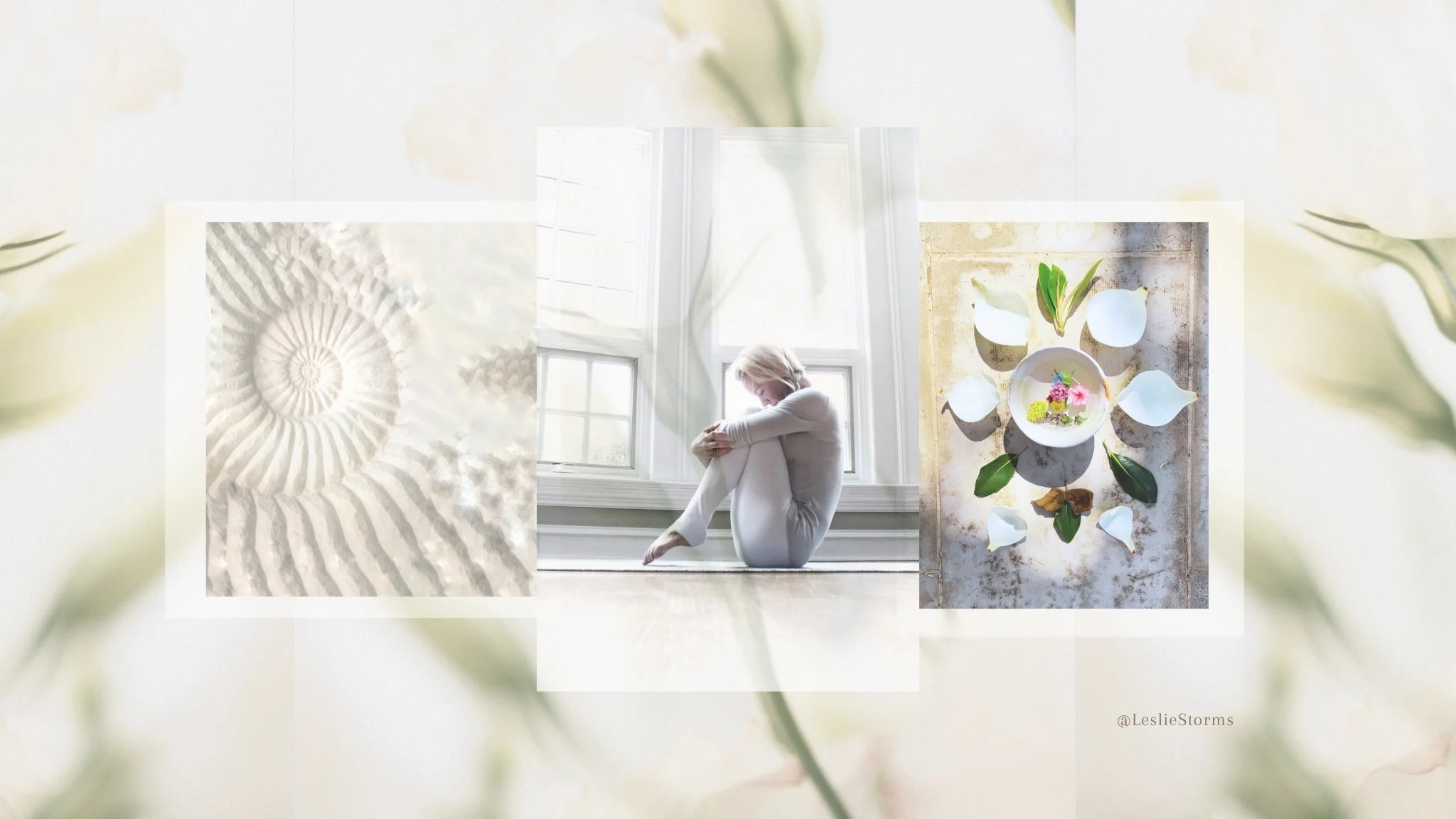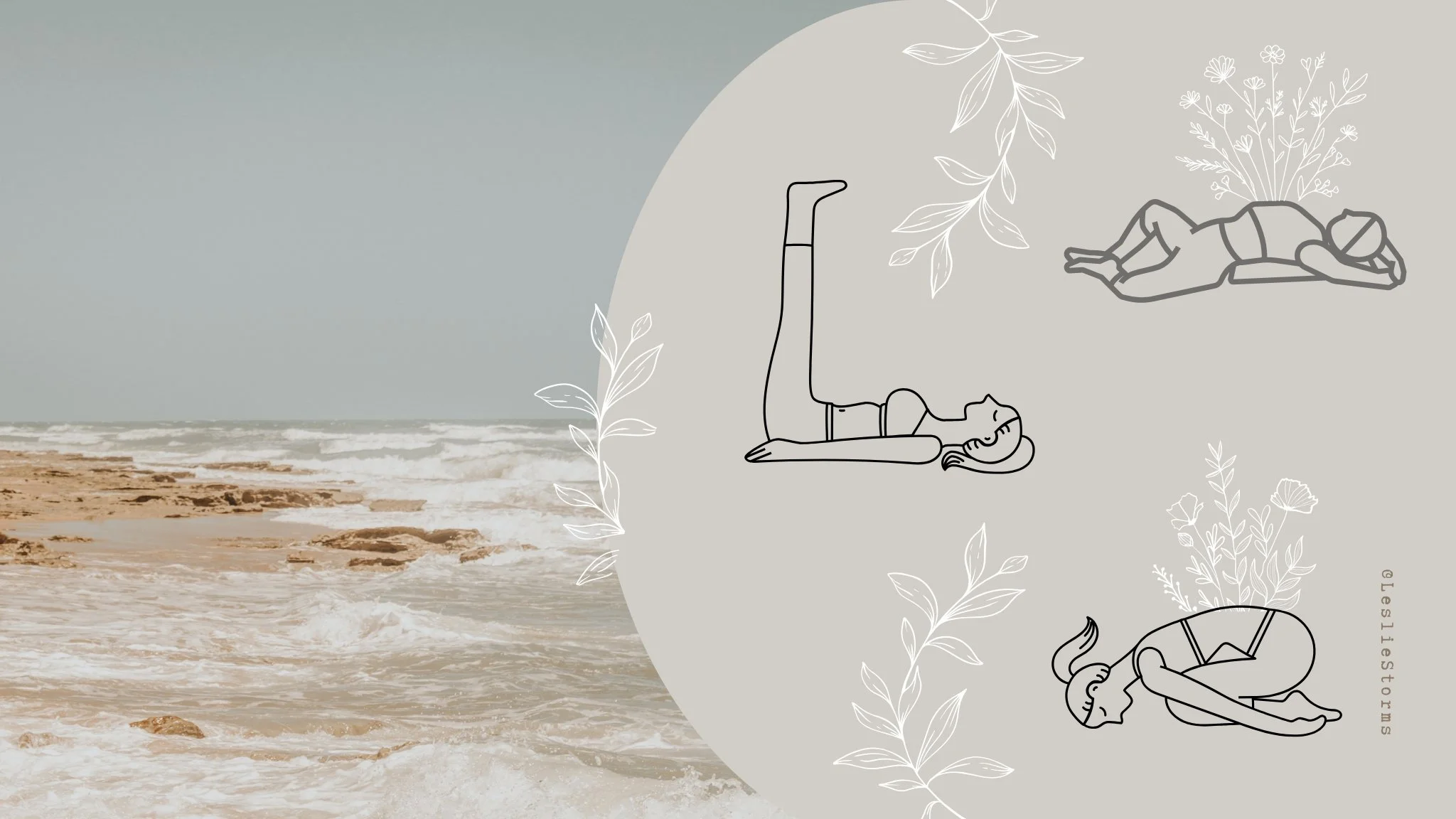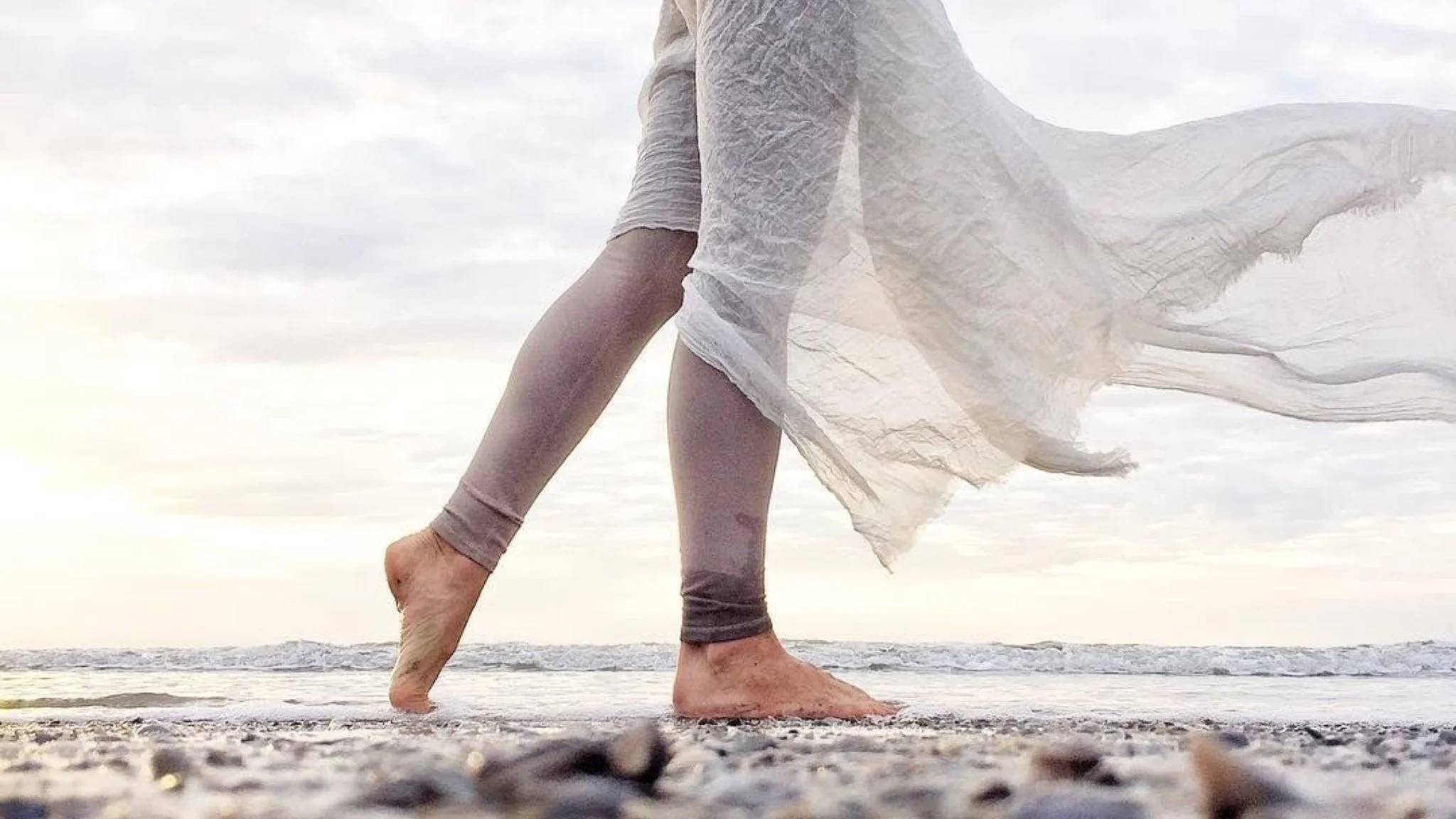Self-Nurturance for Yoga Teachers
Self-Nurturance for Yoga Teachers
Stepping into the role of a yoga teacher is both an honor and a responsibility. It’s a path filled with service, transformation, and deep connection—not just to others, but to ourself. In the beginning, the excitement of sharing what we’ve learned can easily lead to burnout if we don’t understand the importance of creating and valuing time for our own practice and well-being. That’s where self-nurturance comes in— not as a luxury, but as a necessity.
Self-nurturance is the ongoing practice of tending to our own inner peace with presence, compassion, and care. Nurturing the self lays the foundation for a sustainable, heart-led teaching journey. When our own inner well is replenished, our presence naturally becomes more healing, our teaching more inspired, and our ability to support others more authentic.
In this blog, we’ll explore why self-nurturance matters, practical ways to embody it, and how to integrate these practices into everyday life as a yoga teacher.
Why Self-Nurturance Matters for Yoga Teachers
Yoga, at its essence, is a path to union and liberation. But too often, new and seasoned teachers feel the pull to overgive— pouring energy into students, sequences, workshops, playlist, social media, and continuing education— all while inadvertently neglecting their own needs. The imbalance, though well-intentioned, can leave one feeling bewildered, depleted or disconnected.
When the nervous system is undernourished, it’s more difficult to create and maintain a calm, healing space for others. Our presence becomes more performative than grounded. Over time, this can lead to doubts, resentments, and even disillusionment with the practice we love.
Self-nurturance is not selfish—it’s a form of devotion. When we tend to our own mind, body, and consciousness, we don’t just feel better— we are better. Our intuition sharpens, empathy deepens, and our energy becomes more magnetic and sustainable.
Embodied Practices to Support Self-Nurturance
Let’s start with the body. Embodied movement practices like yoga, dance, and tai chi offer a profound way to tune into our needs and release accumulated tension. They draw us out of the head and into the heart— where true wisdom lives.
3 Common Restorative Yoga Poses
❀ Restorative and Gentle Yoga
As a teacher, it can be easy to get caught in the cycle of sequencing, demoing, and physically leading. But our personal practice doesn’t always need to be vigorous or performative. Restorative poses such as Child’s Pose, Legs-Up-the-Wall, or Reclining Bound Angle can help recalibrate the nervous system.
These shapes invite stillness, allowing the body to receive rather than do.
❀ Dance and Free Movement
Sometimes words fall short. That’s where spontaneous movement comes in. Dancing to music in the living room, even for five minutes, can unlock joy, clear stuck emotion, and help us reconnect with our authentic self. There’s no “right” way to move—just invite and allow the body to express freely.
Walking Meditation
❀ Tai Chi or Walking Meditation
Tai chi’s slow, flowing movements are a moving meditation that helps cultivate presence, balance, and calm. Likewise, a mindful walk in nature—especially without our phone—can be profoundly healing. Let the pace of the steps mirror the rhythm of the breath. Let nature do what she does best: soothe, reflect, and restore.
Creative Rituals That Nourish the Soul
Self-nurturance also lives in the subtle—the sacred, everyday rituals that connect us to beauty and joy.
❀ Create Something
Whether it’s a playlist, a nourishing meal, a piece of art, or an Instagram reel, creation is healing. It gives form to what lives inside us. We don’t have to be “good” at it—just allow ourselves to explore. The act of creating is a form of self-love.
❀ Take Personal Retreats
Set aside time—an afternoon, a full day, or a weekend—for a personal retreat. These intentional pauses are powerful containers for reflection and realignment. Journal, meditate, rest, or simply sit in silence. Our worth is not measured by our output. And remember recharging is part of the work.
❀ Practice Self-Humming
This simple yet profound practice involves softly humming to ourselves—during meditation, while doing dishes, or resting in savasana. The vibrations stimulate the vagus nerve, signaling safety to the nervous system. It’s a beautiful way to drop into calmness and return to a space of centeredness.
Emotional and Energetic Self-Nurturance
Of course, nurturing the physical body is only the beginning. Emotional and energetic self-care are equally vital.
❀ Acknowledge and Accept Your Emotions
Inspired by Brené Brown’s work, we encourage and allow space for our feelings, without judgment. As we hold space for our students’ vulnerability, remember we’re allowed to feel, too. It’s okay to not have it all together. Let the full spectrum of our humanity have a loving space to unfurl.
❀ Cultivate Self-Compassion
Kristin Neff teaches us that self-compassion involves three things: self-kindness, common humanity, and mindfulness.
It’s treating ourselves with the same care we would offer to a dear friend. When we make a mistake or feel unsure, pause and ask: “What would love say to me right now?”
❀ Set Boundaries Without Guilt
Learning to say “no” is a sacred act of self-respect as well as self-preservation. We don’t have to accept every teaching gig or stay late after every class. Boundaries aren’t walls—they’re bridges to health, more aligned relationships, and sustainable teaching.
❀ Building Sustainable Support Systems
We aren’t alone and we don’t have to walk this path alone.
❀ Find or Create Community
Whether it’s a group of fellow teachers, a mentor, or even a trusted student, seek out connection. Honest conversations, shared challenges, and mutual encouragement are powerful forms of self-nurturance.
❀ Engage in Reflective Practices
Keep a journal. Record insights, frustrations, and celebrations. Return to our “why.” This ongoing dialogue within ourselves can be incredibly affirming and grounding, especially during times of doubt.
❀ Celebrate the “Sweet Moments”
Teaching yoga is a courageous act. Celebrate the moments of impact—the student who cried after savasana, the breakthroughs in our own practice, the connection we may have facilitated. Let these reminders draw us closer to, “Purpose.”
Final Thoughts
Being a yoga teacher is about more than perfecting cues and poses or growing a thriving online presence or even class sizes—it’s about showing up authentically and offering what’s real. And that offering is only as full as we are.
Self-nurturance is our inner sanctuary. It’s the soil that allows our roots to deepen and our branches to extend outward in service to others. By nurturing ourself, we’re modeling something powerful for our students: that wholeness is possible, and that caring for The Self is a very sacred part of the practice.
May we let our own practice be the most honest and loving expression of yoga we share.
What are your favorite ways to nurture yourself as a teacher? Share in the comments—I’d love to hear



